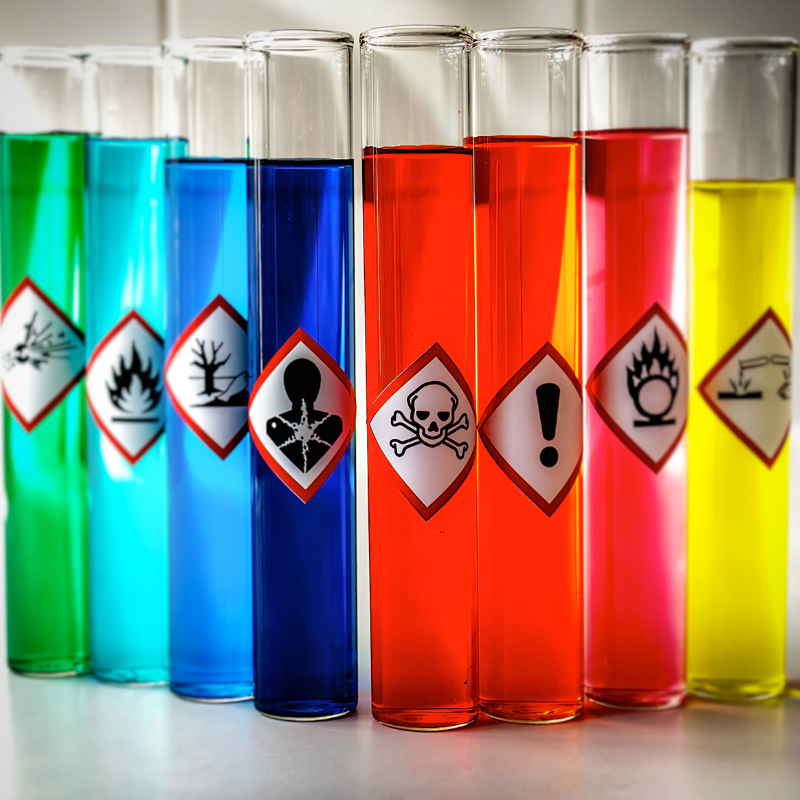Environmental and Toxic Tort Advisor
U.S. EPA Takes Significant Step to Designate PFAS as CERCLA Hazardous Substance
January 24, 2022

Robert W. Petti
Chicago

In October 2021, the United States Environmental Protection Agency (EPA) introduced its PFAS Strategic Roadmap, laying out the agency’s approach to PFAS regulation in the coming years. One of the most highly anticipated actions outlined in the Roadmap is the EPA’s goal of designating certain PFAS as hazardous substances. Earlier this month, the EPA took a significant step to realizing this goal.
On January 10, 2022, EPA submitted a proposed rule for review to the White House Office of Management and Budget (OMB) to designate two of the most studied PFAS, perfluorooctanoic acid (PFOA) and perfluorooctanesulfonic acid (PFOS), as hazardous substances under the Comprehensive Environmental Response, Compensation, and Liability Act (CERCLA). OMB review typically takes 90 days, depending on the studies needed on a proposed rule. Once OMB review is complete, the EPA will be able to propose the rule for public comment, likely sometime in March or April 2022. This timing will keep finalization of the rule consistent with the stated goals of the Roadmap, which calls for a final rule on designation of PFOA and PFOS as hazardous substances be in place by summer 2023.
If completed as expected, the listing of PFOA and PFOS as CERCLA hazardous substances will have a substantial impact on a wide range of industries. Not only will this designation expose industries that have historically been involved with PFOA and PFOS to the reporting requirements of CERCLA, this rule will subject those designated as “responsible parties” at properties contaminated with PFOA and PFOS to the full range of cost recovery and enforcement actions available under CERCLA. The designation of PFOA and PFOS as hazardous substances will also likely have ramifications for those that have already entered into settlement agreements for CERCLA liabilities, as such agreements typically include reopening provisions for previously unidentified or emerging hazardous substances, and new investigations at these historic sites could trigger new liabilities.
As for what the remedial standard will ultimately turn out to be for PFOA and PFOS, this is not yet known. Current EPA guidance uses the EPA’s drinking water advisory standard of 70 parts per trillion for PFOA and PFOS for drinking water sources. However, as part of its Roadmap EPA is commissioning further study of this advisory standard, and the information in the papers currently under review suggests that EPA ultimately may seek to regulate PFOA and PFOS at concentrations below the 70 parts per trillion advisory limit. Additionally, CERCLA cleanups would also incorporate any state standards for PFOA and PFOS, which are also gaining traction in states across the country.
Further, the downstream impacts of this rule should already be under consideration for businesses acquiring other businesses and their liabilities or in the acquisition of properties. In those instances, purchasers must make certain their due diligence review fully considers the potential presence of PFOA and PFOS from historic activities of a business or at a particular property. The cost of failing to consider future liabilities for PFOA and PFOS contamination during the due diligence process could be expensive once their final designation as hazardous substances is complete.
Industries of all types should be diligent in their understanding of the regulation of PFAS moving forward. And, those businesses involved in environmental remediation projects or otherwise managing legacy liabilities may find it useful to review their projects to assess the possibility of having to conduct investigations or cleanups related to PFOA and PFOS, as well as other PFAS. Whether it is an EPA action or private litigation, like the AFFF MDL, regulation and litigation surrounding PFAS continues to advance at a rapid pace. Maron Marvel’s attorneys will continue to monitor developments in PFAS arena and continue to update you as developments unfold.
About the Author
Robert W. Petti is senior counsel at Maron Marvel Bradley Anderson & Tardy, LLC, in Chicago, Illinois, and chair of the firm’s Environmental Law Practice Group. He has experience before trial courts, appellate courts, and administrative boards on an array of environmental concerns, including CERCLA (Superfund), RCRA, EPCRA, the Clean Air Act, the Clean Water Act, and a variety of claims involving toxic tort and hazardous material claims. He can be reached at [email protected].
Disclaimer: The information contained in this publication should not be considered legal advice, is not a substitute for legal counsel, and should not be relied on as such. In some jurisdictions, this is considered advertising. For legal advice or answers to specific questions, please contact one of our attorneys.

Explore
related services
Etiam porta sem malesuada magna mollis euismod. Nullam quis risus eget urna mollis ornare vel eu leo. Vestibulum id ligula porta felis euismod semper.